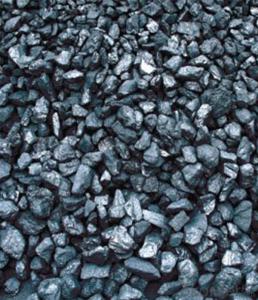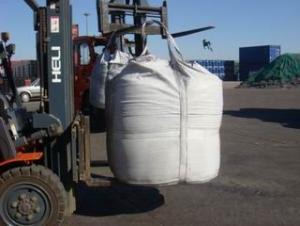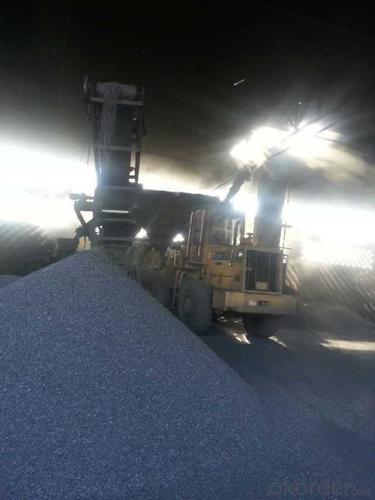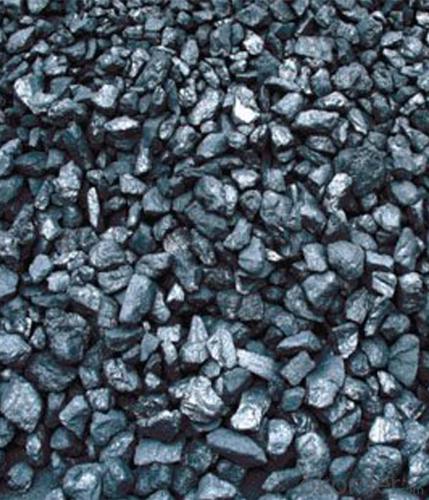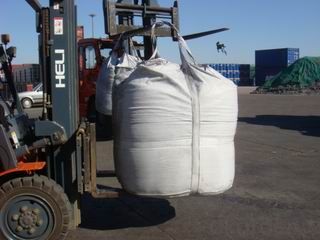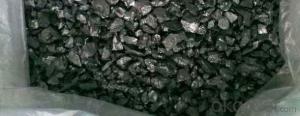FC 92% GAS Calcined Anthracite
- Loading Port:
- China Main Port
- Payment Terms:
- TT OR LC
- Min Order Qty:
- -
- Supply Capability:
- -
OKorder Service Pledge
OKorder Financial Service
You Might Also Like
Specifications
Calcined Anthracite
Fixed carbon: 90%-95%
S: 0.5% max
Size: 0-3. 3-5.3-15 or as request
Calcined Anthracite is produced using the best Anthracite-Taixi Anthracite with low S and P, It is widely used in steel making and casting, Chemical and some other fields.
General Specification of Calcined Anthracite:
PARAMETER UNIT GUARANTEE VALUE | |||||
F.C.% | 95MIN | 94MIN | 93MIN | 92MIN | 90MIN |
ASH % | 4MAX | 5MAX | 6MAX | 7MAX | 8MAX |
V.M.% | 1 MAX | 1MAX | 1.5MAX | 1.5MAX | 1.5MAX |
SULFUR % | 0.5MAX | 0.5MAX | 0.5MAX | 0.5MAX | 0.5MAX |
MOISTURE % | 0.5MAX | 0.5MAX | 0.5MAX | 0.5MAX | 0.5MAX |
Size can be adjusted based on buyer's request.
Pictures of Calcined Anthracite:

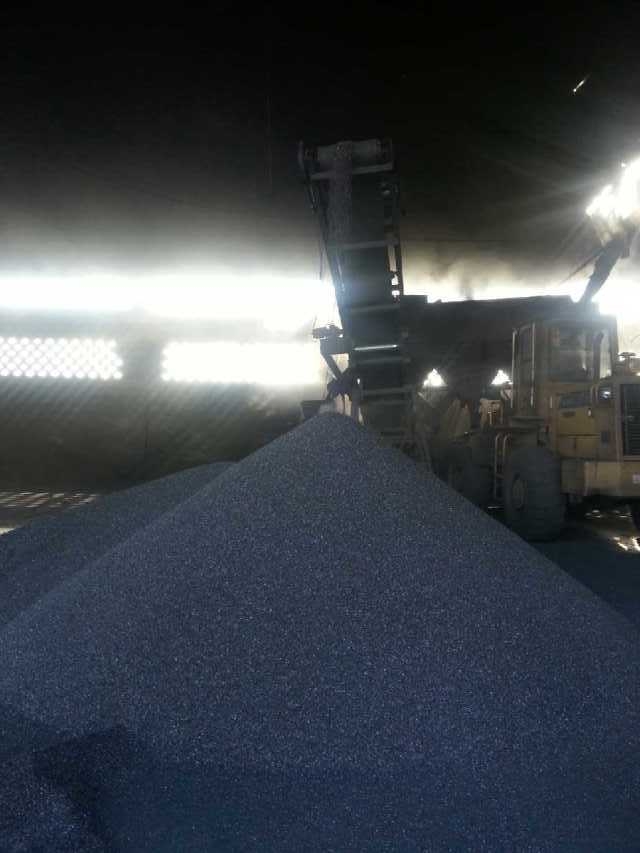
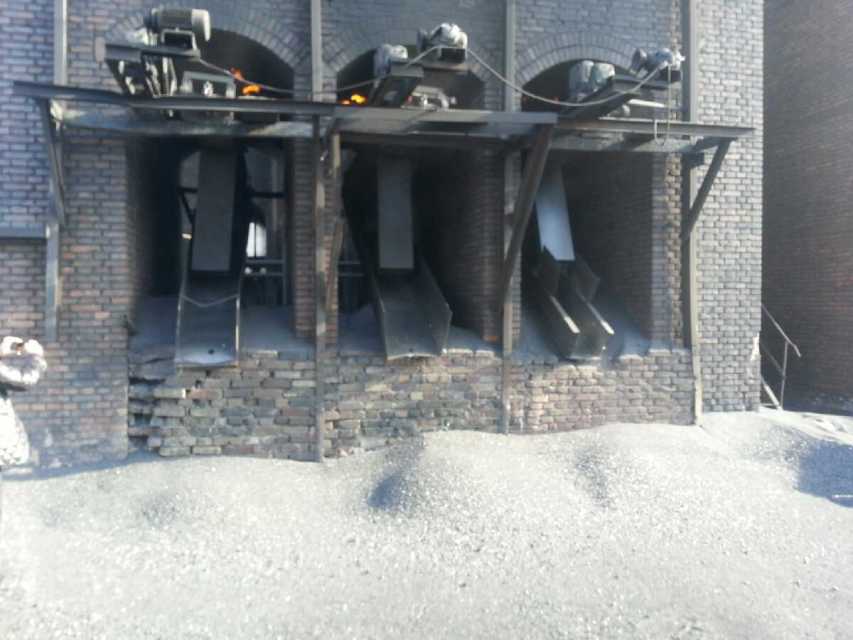
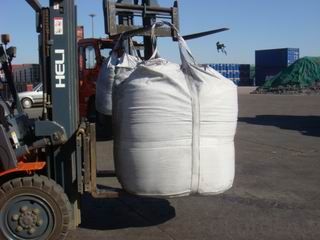
We can supply below furnace charges, please feel free to contact us if you areinterested in any of any of them:
Coke (Metallurgical, foundry, gas)
Calcined Anthracite with fixed carbon from 90% to 95%
- Q: Something that seems to be used in the locomotive brake system. I haven't seen it, either. Who knows? It's better for the locomotive system to go back. Thank you!!
- When the skateboard wear to the limit, only in the maintenance of the daily locomotive can be replaced, so that although it is more troublesome, but it is always better than the replacement of contact wire.
- Q: What are the impacts of carbon emissions on the stability of rainforests?
- Carbon emissions have significant impacts on the stability of rainforests. Increased levels of carbon dioxide in the atmosphere due to emissions contribute to global warming, leading to changes in rainfall patterns and increased temperatures. These changes can negatively affect the delicate balance of rainforest ecosystems, causing droughts, wildfires, and loss of biodiversity. Additionally, carbon emissions contribute to the acidification of oceans, which can harm marine life that rainforests depend on, such as coral reefs. Overall, carbon emissions pose a serious threat to the stability and long-term survival of rainforests.
- Q: How is carbon used in the production of carbon nanomaterials?
- Carbon is essential in creating carbon nanomaterials due to its role as the foundation for their distinct structure and properties. Various techniques are employed to manufacture carbon nanomaterials, including carbon nanotubes and graphene, all of which rely on manipulating and organizing carbon atoms. One commonly used method for producing carbon nanomaterials is chemical vapor deposition (CVD). In this process, a carbon-containing gas, such as methane or ethylene, is introduced into a high-temperature furnace. Within the furnace, the gas decomposes, releasing carbon atoms. Subsequently, these carbon atoms reform and create nanoscale structures, like carbon nanotubes or graphene, on a substrate or catalyst material. Another approach involves vaporizing carbon-containing compounds, such as carbon black or graphite, through techniques like laser ablation or arc discharge. The vaporized carbon then undergoes condensation and solidification, resulting in carbon nanomaterials with specific structures and properties. Both methods allow for precise manipulation of carbon atoms by controlling temperature, pressure, and the presence of catalysts or additives. This manipulation leads to the desired carbon nanomaterials, which possess exceptional mechanical, electrical, and thermal properties due to the unique arrangement of carbon atoms, such as the hexagonal lattice structure of graphene or the cylindrical structure of carbon nanotubes. In conclusion, carbon is a crucial element in carbon nanomaterial production, providing the necessary atoms and influencing their structure and properties. Understanding and controlling carbon's behavior at the atomic level empower scientists and engineers to develop nanomaterials with diverse applications, ranging from electronics and energy storage to medicine and environmental remediation.
- Q: What are the consequences of increased carbon emissions on public health systems?
- Increased carbon emissions have significant consequences on public health systems. One of the most prominent effects is the exacerbation of respiratory diseases such as asthma, chronic obstructive pulmonary disease (COPD), and bronchitis. Carbon emissions contribute to the production of fine particulate matter (PM2.5) and ground-level ozone, both of which can penetrate deep into the respiratory system and cause or worsen these conditions. Moreover, higher levels of carbon emissions are correlated with an increased prevalence of cardiovascular diseases. Fine particulate matter and other pollutants released from carbon-emitting sources can enter the bloodstream, leading to inflammation, oxidative stress, and the development of atherosclerosis. Over time, this can result in heart attacks, strokes, and other cardiovascular complications. Climate change, driven by carbon emissions, also impacts the spread of infectious diseases. Rising temperatures and altered precipitation patterns create favorable conditions for the expansion of disease vectors like mosquitoes and ticks, leading to the transmission of diseases such as malaria, dengue fever, Lyme disease, and Zika virus. Additionally, extreme weather events and natural disasters associated with climate change can disrupt healthcare infrastructure and compromise access to essential services, further impacting public health systems. Furthermore, mental health is also affected by increased carbon emissions. The environmental degradation caused by carbon emissions contributes to feelings of anxiety, stress, and depression, often referred to as eco-anxiety or climate grief. The loss of biodiversity, destruction of natural habitats, and the overall uncertainty surrounding the future can have detrimental effects on individuals and communities, requiring additional resources and support from public health systems. In summary, increased carbon emissions have far-reaching consequences on public health systems. They contribute to the prevalence of respiratory and cardiovascular diseases, facilitate the spread of infectious diseases, and impact mental health. Addressing carbon emissions and implementing sustainable practices are essential to mitigating these consequences and safeguarding the well-being of individuals and communities.
- Q: How does carbon affect the formation of earthquakes?
- The formation of earthquakes is not directly influenced by carbon. The primary cause of earthquakes is the movement of tectonic plates, which are large sections of the Earth's crust that float on a semi-fluid layer underneath. These plates can collide, slide past each other, or move apart, resulting in stress building up along the boundaries between the plates. When this stress becomes too great, it is released as an earthquake. Nevertheless, carbon can indirectly impact the occurrence of earthquakes through its role in the Earth's carbon cycle and its contribution to climate change. Carbon dioxide (CO2) is a greenhouse gas, which is released into the atmosphere through various human activities, including the burning of fossil fuels. This excess CO2 in the atmosphere leads to global warming and climate change. Climate change can have several effects on the Earth's crust, some of which may indirectly influence seismic activity. For instance, global warming can cause the melting of glaciers and polar ice caps, resulting in changes in the distribution of mass on the Earth's surface. This redistribution of mass can cause adjustments in the Earth's crust, leading to increased stress along fault lines and potentially triggering earthquakes. Furthermore, climate change can affect groundwater levels and pore pressure within rocks through changes in precipitation patterns and the hydrological cycle. These alterations in water content can modify the strength and stability of fault lines, making them potentially more susceptible to slipping and causing earthquakes. It is crucial to note that the direct impact of carbon on earthquake formation is minimal compared to primary factors like plate tectonics. However, scientists are conducting ongoing research and investigations to understand the relationship between carbon emissions, climate change, and seismic activity.
- Q: How does carbon dioxide affect the health of marine organisms?
- Carbon dioxide affects the health of marine organisms by increasing ocean acidity, which can harm their shells, skeletons, and reproductive systems. It can also disrupt the balance of marine ecosystems and impact the overall biodiversity and productivity of marine life.
- Q: How does carbon impact the formation of smog?
- Carbon plays a significant role in the formation of smog, particularly in the form of carbon monoxide (CO) and volatile organic compounds (VOCs). When fossil fuels are burned, such as in vehicle engines or power plants, they release carbon monoxide into the atmosphere. Carbon monoxide is a colorless and odorless gas that can react with other pollutants in the presence of sunlight to form ground-level ozone, a key component of smog. Furthermore, carbon-based compounds known as volatile organic compounds (VOCs) are also emitted from various sources, including industrial processes, gasoline vapors, and chemical solvents. These VOCs can undergo chemical reactions in the presence of nitrogen oxides and sunlight to create ground-level ozone as well. Both carbon monoxide and VOCs contribute to the formation of smog by reacting with nitrogen oxides (NOx) in the presence of sunlight. This chemical reaction forms ground-level ozone, which is a primary component of smog. Ozone is harmful to human health and the environment, and its formation is exacerbated by the presence of carbon emissions. Reducing carbon emissions is crucial to mitigating the formation of smog. Transitioning to cleaner and more sustainable sources of energy, such as renewable energy, can help decrease the amount of carbon released into the atmosphere. Additionally, implementing stricter emissions standards for vehicles and industrial processes can also contribute to reducing carbon emissions and consequently limit the formation of smog.
- Q: What are the properties of carbon-based rubber?
- Carbon-based rubber, also known as carbon black-filled rubber, possesses several important properties that make it highly desirable for various applications. Firstly, carbon-based rubber exhibits excellent elasticity and flexibility, allowing it to withstand repeated stretching and compression without permanent deformation. This property makes it ideal for use in manufacturing products such as tires, gaskets, and seals. Secondly, carbon-based rubber displays outstanding resistance to abrasion and wear, ensuring that it can endure harsh conditions and prolonged use without deteriorating. This property is particularly beneficial in applications where the rubber material is subjected to friction or constant contact with rough surfaces. Additionally, carbon-based rubber demonstrates remarkable resistance to various environmental factors. It has excellent resistance to ozone, sunlight, and weathering, making it suitable for outdoor applications where it will be exposed to UV radiation and extreme temperatures. Its resistance to chemicals and oils further enhances its versatility, allowing it to be used in industries such as automotive, aerospace, and manufacturing. Another noteworthy property of carbon-based rubber is its electrical conductivity. This characteristic makes it an ideal material for applications that require static dissipation or protection against electrostatic discharge, such as in electronic devices, conveyor belts, and industrial flooring. Furthermore, carbon-based rubber exhibits good adhesion to various substrates, enabling it to form strong bonds when used in adhesive applications or as a lining material. Overall, the properties of carbon-based rubber make it a highly sought-after material due to its exceptional elasticity, abrasion resistance, environmental resistance, electrical conductivity, and adhesion capabilities.
- Q: What should I do when carbon monoxide leaks?
- Of course, in saving at the same time, to find out the cause of the gas leak as soon as possible, and to other people and then plugging, lest suffer. PoisoningTo avoid leakage and gas poisoning accident occurred in the home, can install household gas alarm detector | gas leak alarm, it can predict in advance the gas leak alarm, prompting the user, open the window as soon as possible to prevent accidents.
- Q: What is a carbon electrode? What's the use? What's the current situation in the industry? Try to be specific. Thank you
- 2, application:Compared with other carbon products, carbon electrode has the characteristics of wide application field, and can be used in the smelting furnace of industrial silicon, yellow phosphorus, calcium carbide, ferroalloy and so on. Carbon electrodes have been used all over the mine furnace in developed countries.At present, in the smelting furnace of industrial silicon and yellow phosphorus, the graphite electrode with higher price has been replaced. In the submerged arc furnace of the same capacity, compared with graphite electrode, carbon electrode diameter can be made larger (now the domestic production of carbon electrode, Phi 650- Phi 1200mm graphite electrode at home can do with 600mm) in the furnace, arc zone broadening, arc stability, ensure the hot efficiency, increase the output of products, reduce the power consumption of products.
Send your message to us
FC 92% GAS Calcined Anthracite
- Loading Port:
- China Main Port
- Payment Terms:
- TT OR LC
- Min Order Qty:
- -
- Supply Capability:
- -
OKorder Service Pledge
OKorder Financial Service
Similar products
Hot products
Hot Searches

